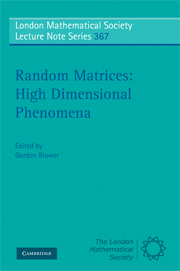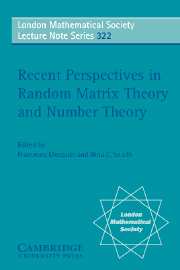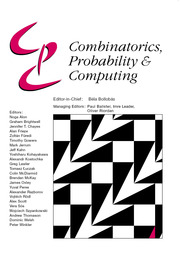Random Matrices: High Dimensional Phenomena
This book focuses on the behaviour of large random matrices. Standard results are covered, and the presentation emphasizes elementary operator theory and differential equations, so as to be accessible to graduate students and other non-experts. The introductory chapters review material on Lie groups and probability measures in a style suitable for applications in random matrix theory. Later chapters use modern convexity theory to establish subtle results about the convergence of eigenvalue distributions as the size of the matrices increases. Random matrices are viewed as geometrical objects with large dimension. The book analyzes the concentration of measure phenomenon, which describes how measures behave on geometrical objects with large dimension. To prove such results for random matrices, the book develops the modern theory of optimal transportation and proves the associated functional inequalities involving entropy and information. These include the logarithmic Sobolev inequality, which measures how fast some physical systems converge to equilibrium.
- A modern theoretical treatment that includes new results and proofs
- Contains introductory material and summaries of key points to make the book easily accessible to non-specialists
- Its rigorous presentation means the book is still suitably comprehensive for mathematicians
Product details
October 2009Paperback
9780521133128
448 pages
228 × 150 × 22 mm
0.63kg
75 exercises
Available
Table of Contents
- Introduction
- 1. Metric Measure spaces
- 2. Lie groups and matrix ensembles
- 3. Entropy and concentration of measure
- 4. Free entropy and equilibrium
- 5. Convergence to equilibrium
- 6. Gradient ows and functional inequalities
- 7. Young tableaux
- 8. Random point fields and random matrices
- 9. Integrable operators and differential equations
- 10. Fluctuations and the Tracy–Widom distribution
- 11. Limit groups and Gaussian measures
- 12. Hermite polynomials
- 13. From the Ornstein–Uhlenbeck process to Burger's equation
- 14. Noncommutative probability spaces
- References
- Index.







